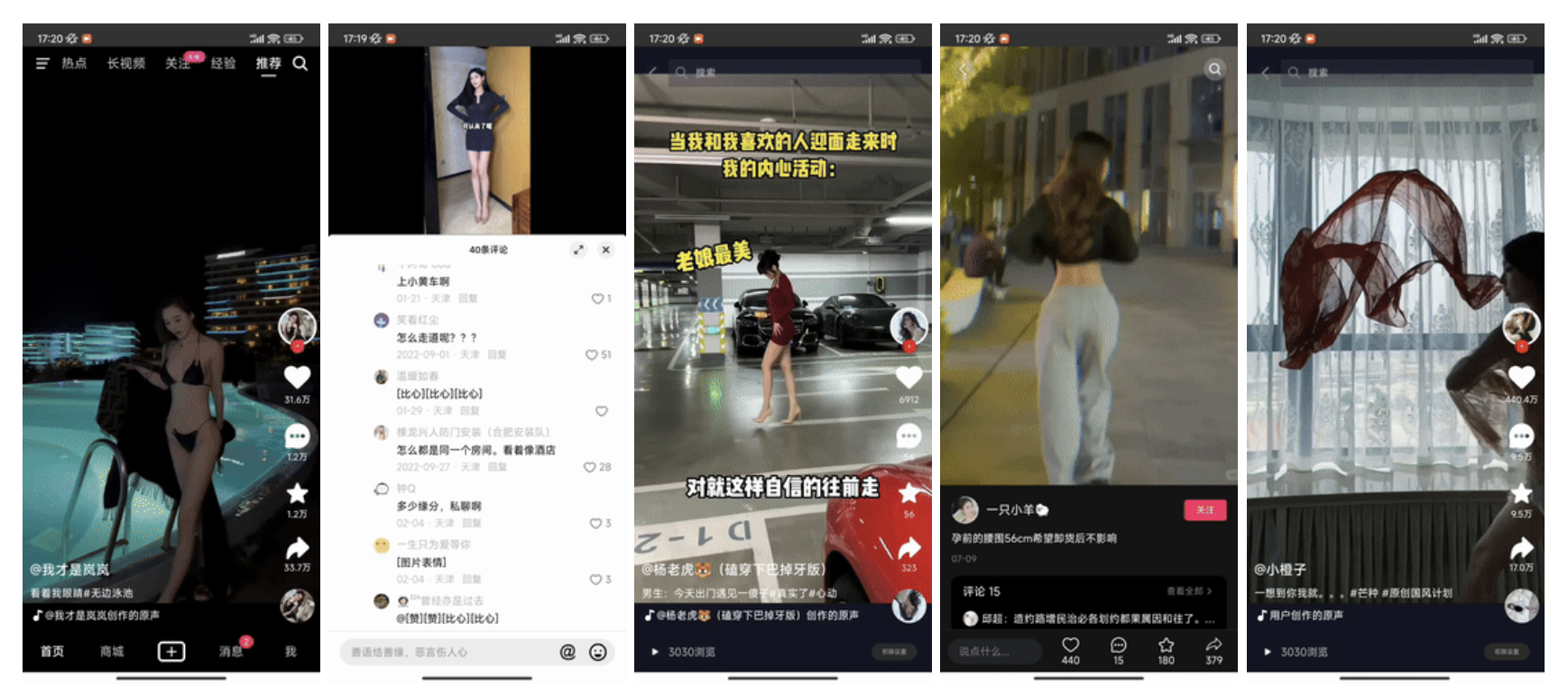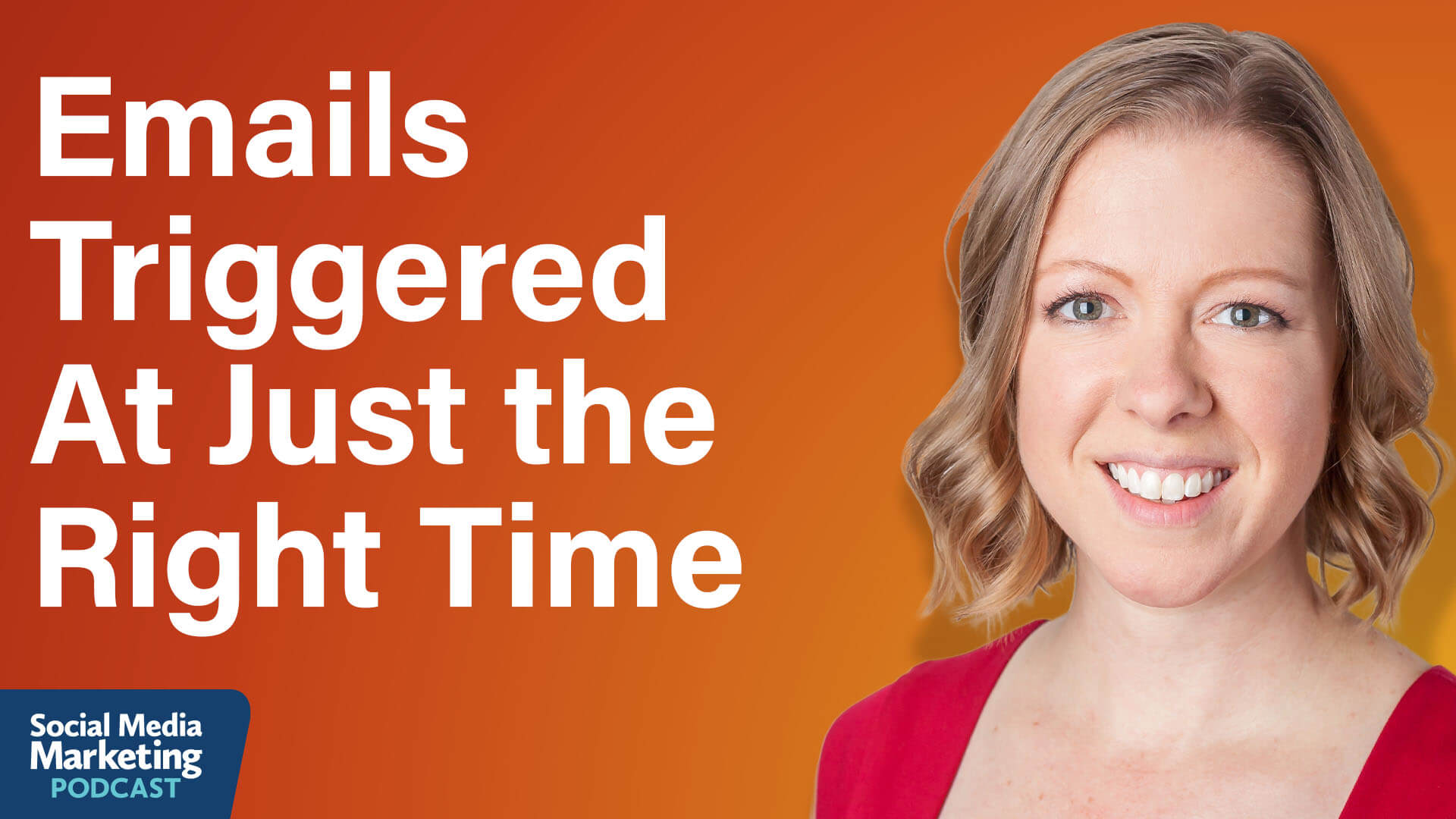Share content related to independent development and product monetization, published every Friday.
Table of contents
1、douyin-vue: 开源的仿抖音|TikTok 的移动端短视频项目2、【读者自荐产品】Brick Center: 免费生成乐高设计图3、Puter: 一个开源的Web的桌面操作系统4、一个年收入1200万美元的在线Logo制作器
1. douyin-vue: open source imitating Douyin | TikTok’s mobile short video project
douyin-vue is a mobile short video project imitating Douyin|TikTok. Vue’s “best practices” on the mobile side are as smooth as native apps. It uses the latest Vue technology stack and is implemented based on Vue3, Vite5 and Pinia.The data is saved locally in the project, and the API is intercepted through the axios-mock-adapter library and returns local json data to simulate real back-end requests.

douyin open source project address
2.[Reader-recommended product]Brick Center: Generate Lego design drawings for free
BrickCenter can automatically generate LEGO design drawings from your ideas. Our AI LEGO generator can turn your text into a custom LEGO set. Easily create your own mini-dolls from photos. If you think LEGO avatars are cool, BrickCenter can also generate LEGO avatars from selfie pictures. You can also come to the website to browse unique LEGO creations carefully crafted by enthusiasts.


3. Puter: An open source web desktop operating system
The author has made the software he wrote for 3 years open source. Puter, as a web-based desktop operating system, runs in the browser. It not only has rich functions and extremely fast running speed, but also has a high degree of scalability, which can provide users with a brand new web-side desktop experience environment. .

One thing that must be mentioned here is that the Puter project does not use today’s very popular front-end frameworks such as React, Angular, and Vue. Instead, it is written in native JavaScript and jQuery to interact directly with the DOM.

As for why he did this, the author also gave an explanation. It was mainly due to performance considerations, and he hoped to avoid complex abstractions to keep the entire project controllable.

The project official gave several typical application scenarios of the Puter project, including:
- Remote desktop environment: Puter can be used as a choice for building a remote desktop environment. A typical scenario is for remote desktop environments for servers and workstations.
- Platform interface of common systems: The Puter project can also be used as an interface for cloud storage services, remote servers and web hosting platforms, providing users with convenient interactions and related operation and management interfaces.
Puter open source project address
4. An online logo maker with annual revenue of $12 million

Hello everyone, I’m David, the founder of DesignEvo, a simple and easy-to-use logo maker. We have been focusing on graphic design and multimedia software development since 2006!
DesignEvo Logo Maker is designed for business owners, entrepreneurs, agencies, website owners, freelancers, and even social media managers who want to create outstanding logos easily. To date, we have over 29 million users worldwide, generating approximately $1 million in revenue each month. Many of them are website owners or bloggers.

How did you come up with this idea?
I majored in Computer Science and Technology, which paved the way for me to found PearlMountain Limited, a company focused on developing online video editing and graphic design software. Additionally, my experience working in online game development gave me the confidence to get the product right.

I’m excited about new things and love sports, photography and photo editing. As a result, I often shoot photos and edit videos for local ski and action sports groups. That’s why we develop products like this.
The biggest challenge should be understanding user needs and making a unique and competitive product.
After working on several large online games, I got a little tired of being the “fireman” on a large team. I started thinking about whether I could create some products that would solve some of the problems that users face in certain scenarios in their lives and work. Therefore, I started making some tools and sharing them with netizens. After getting some positive feedback from users, I continued to improve the tools and gradually built an agile development-oriented team.
In the process of developing graphics and multimedia tools, we realized that there are a large number of users who do not have professional graphics or multimedia editing skills. However, they still have a strong desire to create beautiful graphics and video works of their own to record life’s moments and work efficiently.
That’s why we believe in our vision: Designing great work is easy for everyone. We strive to develop tools that are sufficiently user-friendly and intuitive. With rich design components and templates, coupled with a powerful editor, non-designers can easily complete graphics and video editing work. Initially, there was only one employee, and that was me. A year later, I hired my first employee with the 50,000 yuan I had saved.
Take us through the process of designing your online logo editing software
After using professional photo editing software like PhotoShop and Affinity Photo, I found that their learning curve is very steep. They are not user friendly if people do not have technical skills. I also tried a range of online logo generation tools. To be honest, they are very simple to operate. However, many of them have fewer editing features and cannot give users a good result.
With this background, we considered developing an online logo editing software that can run directly on the user’s browser. Users do not need to download and install any programs. Even if they don’t have any skills, they can quickly create a logo and edit it with real-time preview.
I believe an app with countless art resources and templates would be easier to use. Then our design team designed 10,000 logo templates, and the development team integrated more than one million icon resources into the tool. We make it free to use to meet the needs of many individuals.
There is no doubt that in this industry where technology changes very quickly, we should keep up with the pace of every technological innovation and improve products based on user needs.
As more and more software producers pour into the field of logo generation, we still have a long way to go to make DesignEvo unique and user-friendly.

Describe the process of starting a business.
Initially, we made Logo Maker completely free so that people could spread the word about the tool. As we expected, DesignEvo became very popular after a few months. We continued to collect feedback and make improvements, and after a year it became a partially free service.

We did not seek outside investment because we feared disruption to our decision-making and vision for future growth. In addition, due to users’ appreciation of our products, we have enough profits to expand our team.
Personally, I think being customer-centric will help me deliver a better product.
What has helped attract and retain customers since launch?
Customer-centric, we know what our customers want. We updated more templates to make them easier to use and developed a mobile version of DesignEvo to meet the needs of our users. Once we know what our users want, we know who our target users are. Therefore, we can find potential customers through social media or website, advertising, PR, SEO, email, etc.

At first, we sent out many emails per day and did get a lot of interested people. However, the results were not as good as I thought. Later, I wondered if I had gone in the wrong direction. Later, we changed the target and turned to influencers or media websites such as CNET, WPBeginner, etc. This is great! It brings us many new users and customers.
We also send newsletters and plan discount deals, giveaways, etc. to keep our users always connected with us.

We just recently had a successful and amazing Black Friday promotion there with our partner Appsumo.

How do you plan for the future?

In recent years, our user growth has exceeded 50% annually. DesignEvo now has 29 million+ users, 2.8 million+ registered users and more than 10 million Logo downloads worldwide. In addition to DesignEvo, we have many other online tools such as FlexClip Video Maker, RecordCast Screen Recorder, DesignCap Graphic Maker, etc.
We distribute these tools directly online through website distribution, resellers, and alliance partners. We have a desktop version in the Mac App Store and a mobile version in the Google Store. They all sell very well.
Our users come from all over the world. Our products are translated into the seven most commonly used languages, including Spanish, Portuguese, Chinese, English, Japanese, French and German. Every day, a large number of users from Middle Eastern and South American countries are using our software.

Is there anything you’ve learned that was particularly helpful or beneficial during your entrepreneurial journey?

The biggest challenge should be understanding user needs and creating a unique and competitive product. We firmly believe that only excellent user experience and the quality of the product itself can win the trust of customers.
It was a good decision to target ordinary people who don’t have much design skills. I see that almost 80% of the users of our tools are like this. They like and need exquisite design in their daily lives, but they don’t know much about design. Therefore, we will be a good helper.
As I said, I always ask questions with the customer in mind. This allows us to improve every day.
Any advice for entrepreneurs who want to start a business?
Believe that you can do it and you will find your way through various obstacles. Otherwise, you’ll just find excuses.
In addition, we always work relentlessly towards our goals. Our greatest motivation is to constantly challenge ourselves. You can do it too!
Last but not least, we always think that mistakes are our best teachers. When we learn from our mistakes, we are closer to success, even if we fail initially.
“Don’t be afraid of making mistakes. Overcome your fear of making mistakes and you’ll get better!”









